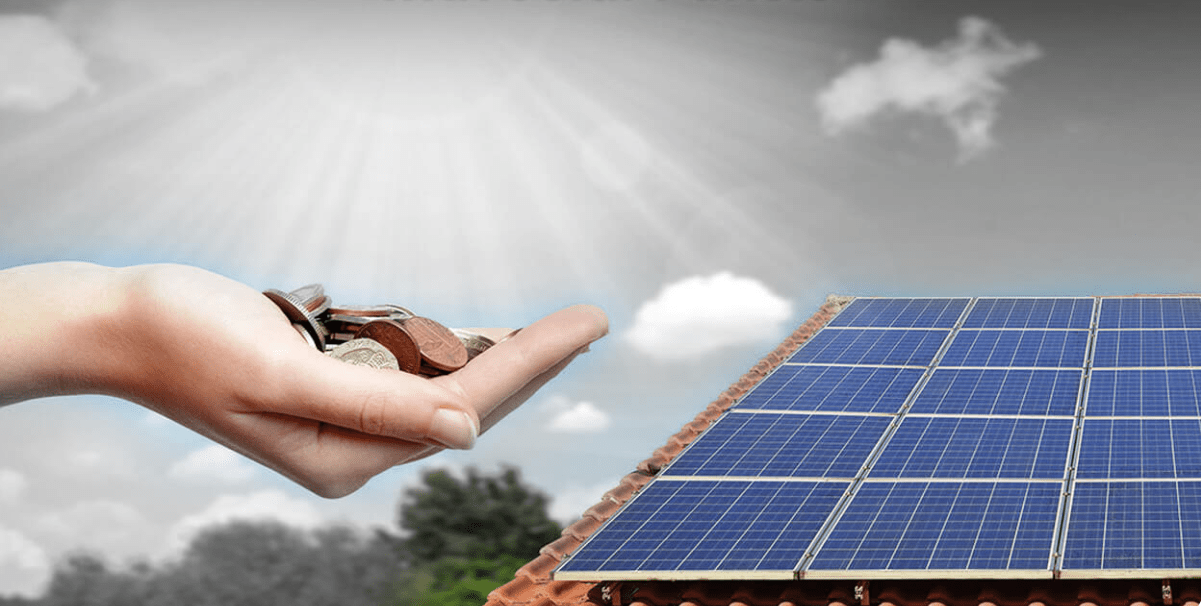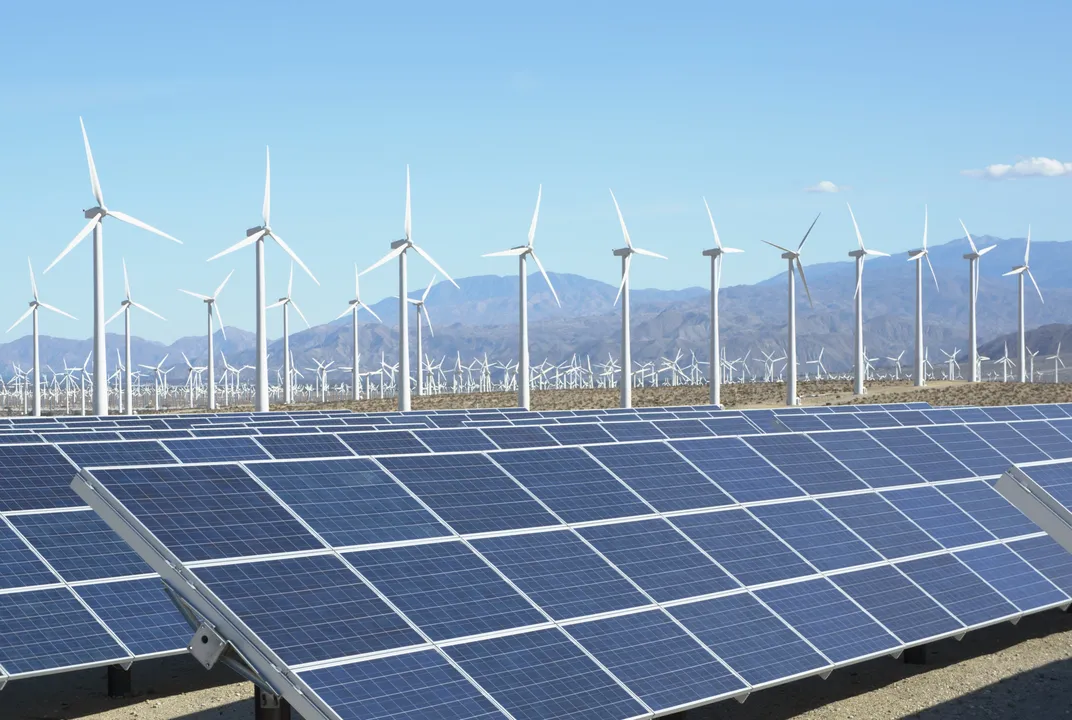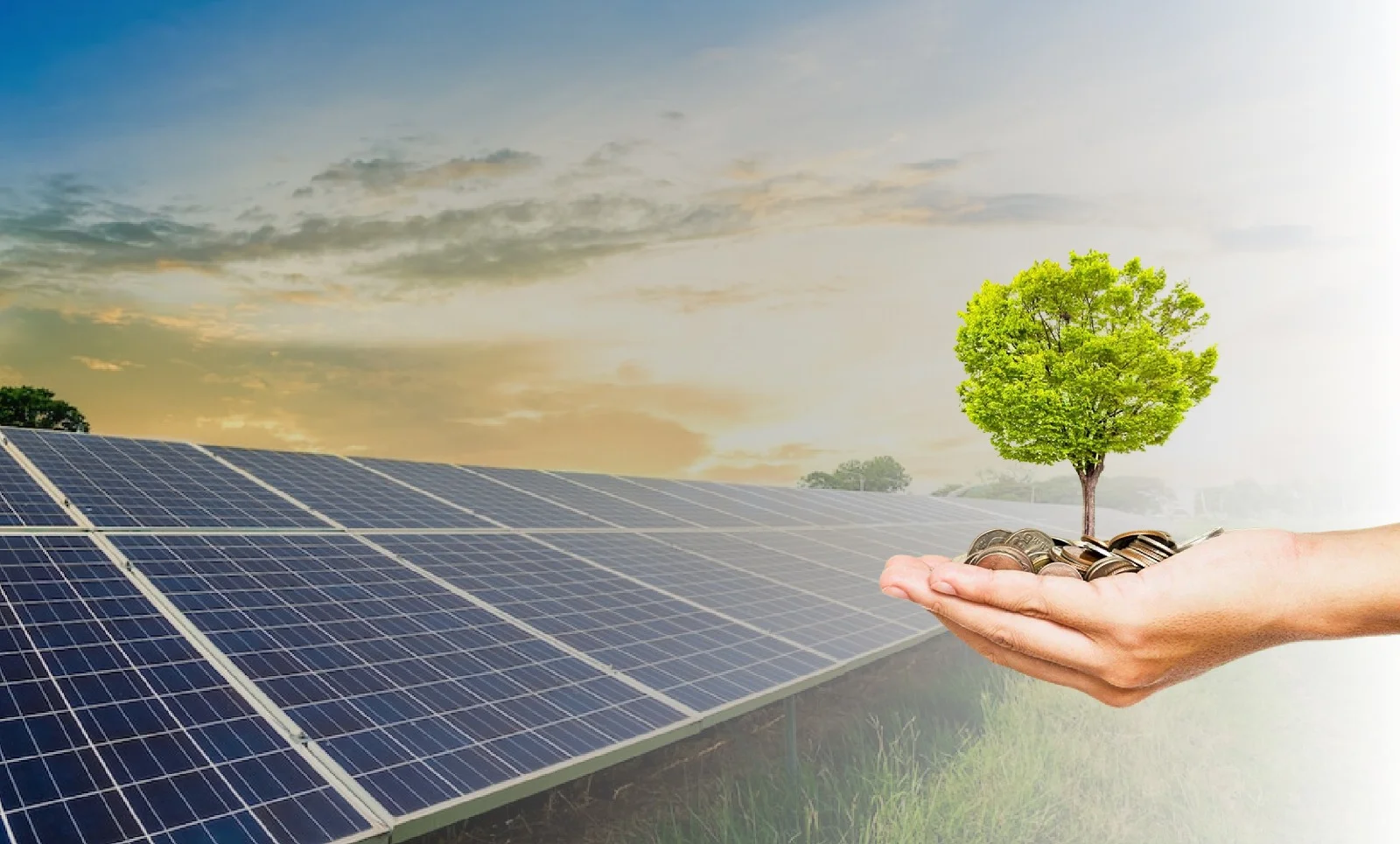With India’s growing shift towards renewable energy, homeowners and businesses are increasingly investing in solar rooftop systems. But a common dilemma arises, should one opt for solar subsidies or choose solar loans? Both options reduce the financial burden, but the better choice depends on individual goals.
Solar Subsidies:
The Government of India offers attractive subsidies under schemes like the Rooftop Solar Programme Phase II. Residential users can avail up to 40% subsidy on systems up to 3 kW, and 20% on 3–10 kW capacity. Subsidies make solar installations more affordable, lowering upfront costs and ensuring quicker payback. However, the process may involve application formalities and limited availability depending on state policies and empaneled vendors.
Solar Loans:
For those who prefer flexible financing, solar loans are an effective solution. Many banks and NBFCs offer loans under the priority sector lending scheme with competitive interest rates. This allows households and businesses to adopt solar without a heavy upfront investment. With EMIs spread over several years, solar loans ensure smooth cash flow while enabling immediate access to solar energy savings.
Which is Better?
If upfront cost is a major hurdle and subsidies are available in your state, opting for government support is ideal. However, subsidies may not cover large commercial or industrial projects. In such cases, solar loans provide scalability and quicker adoption.
Ultimately, both options help reduce reliance on fossil fuels and promote clean energy. The choice between solar subsidies vs solar loans in India depends on your financial strategy, system size, and long-term energy goals.
Investing in solar today, whether through subsidies or loans, is not just a financial decision, it is a step toward a sustainable and energy-secure future.




